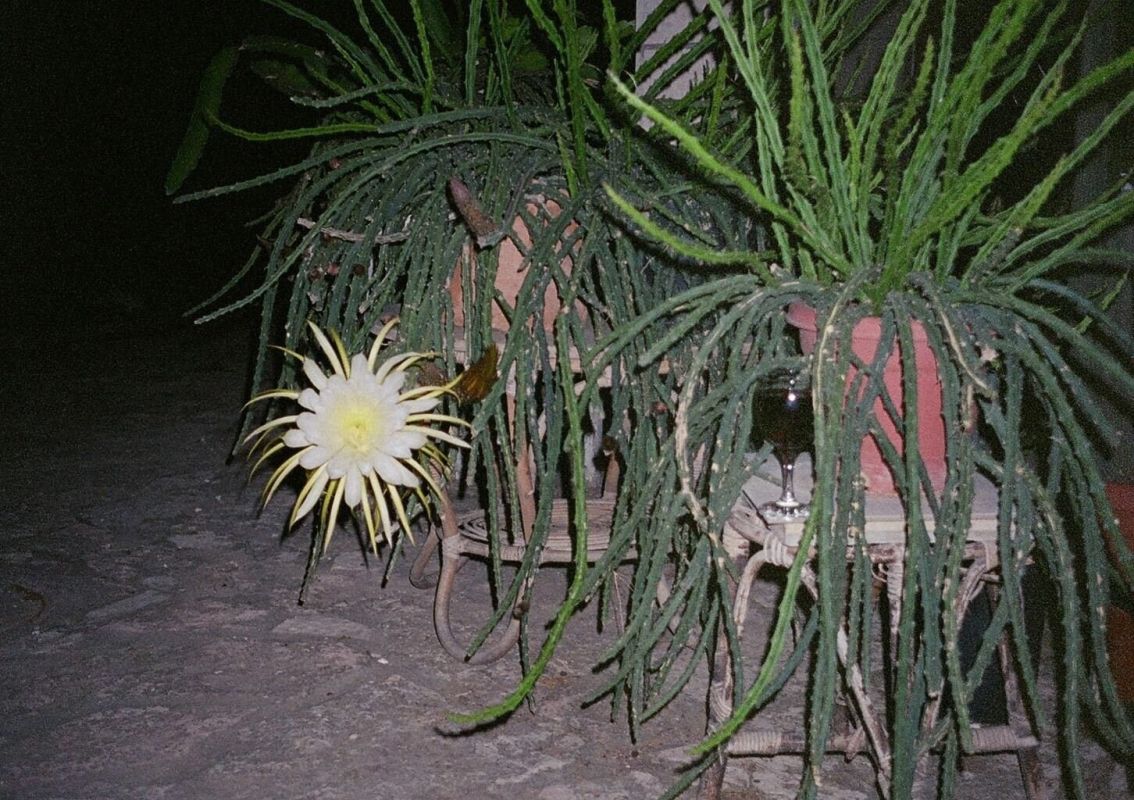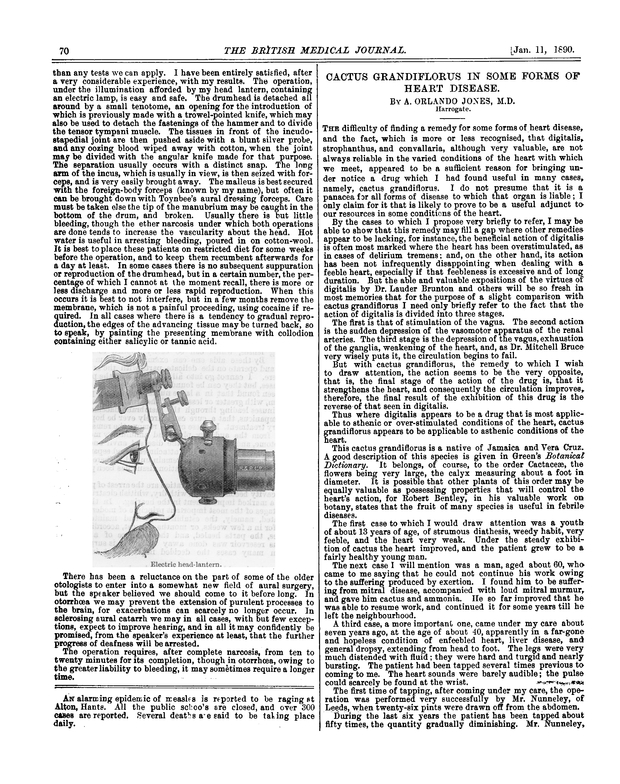 Selenicereus
grandiflorus. Night
blooming cactis, Queen of the night, Night-blooming
cereus, Large-flowered cactus, sweet-scented cactus or vanilla cactus
Family: Cactaceae
Selenicereus
grandiflorus. Night
blooming cactis, Queen of the night, Night-blooming
cereus, Large-flowered cactus, sweet-scented cactus or vanilla cactus
Family: Cactaceae
PART USED: Fresh or preserved plant
FLAVOR: Bitter
ACTIONS
1. Cardiac stimulant.[3] Cardiac normalizer.[1]
2. Sedative.[2]
3. Diuretic.[3]
4. Tonic.[3]
INDICATIONS:
1. Heart failure symptoms- weak feeble heart action, as this herb is not as toxic as most of the other strong cardiotonics. Valvular diseases, chronic heart failure, dyspnea with edema, and a sense of weight in the chest.[1] It especially treats heart conditions with nervous exhaustion and cardiac weakness with a feeble and irregular pulse.[2] Palpitations.[3] Angina.[3] It stimulates the vasomotor system, the ganglia of the sympathetic nervous system, and directly influences the nutrition of the heart muscle. It increases the musculomotor energy, elevates arterial tension, and increases the height and force of the pulse wave. This is accompanied by increased heart action through stimulation of the spinal motor centers, the activity and general tone of which is permanently improved.[2]
2. Heart and the lungs including carditis, pericarditis, valvular disease, hypertrophy, dyspnea, mitral valve insufficiency, pulmonary hemorrhage, chronic bronchitis, and interstitial pneumonia.[2]
3. Sometimes used for hypertension, Selenicereus improves a weak heart action and will raise a low arterial pressure.[1]
4. Its sedative action treats depression, fear, poor memory, hypochondria, mental derangement, and PMS. It is also used for cerebral congestion, inflammation of the mucous membranes, prostatic disease, irritable bladder, renal congestion, dropsy, edema of the limbs, dysmenorrhea, and rheumatism. It is beneficial for visual defects, tinnitus, and exophthalmic goiter.[2]
CONTRAINDICATIONS: Like hawthorn, night-blooming cereus is not classed with poisons; yet, if given in excessive amounts it has been recorded that it may act as an irritant, producing diarrhea and other unpleasant symptoms. Unlike Digitalis, it is not cumulative in action, and in proper doses can be administered for months without disturbing digestion.[2]
PREPARATIONS: The stems and flowers are often preserved in spirit.
Fluid extract (BPC1949) 0.05-0.5 ml.[3] 5 drops-0.5 ml several times a day.[1]
Tincture (BPC1934) 0.1-2 ml.[3]
Can be used long term, though some authors have reported it to be curative and not always needed indefinately.[1] The Eclectic physicians reported Selenicereus to be nonirritating and noncumulative and to improve nutrition to the heart.[1]

